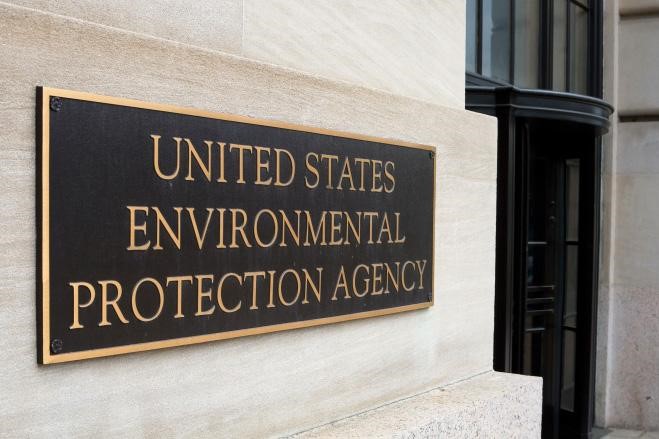
Importance of Carbon Collection From Petrochemical Plant
The global economy will never be the same as it was before the global pandemic that disrupted all walks of life. The major reason for the same area is as follows.
- Reduction in overall demand across the globe due to slow down in economies.
- Pressure from shareholders for carbon constraint world to counter the climate changes.
- New regulatory threats from the current US administration.

Now the three points shared above to complete the ecosystem of the business, customer, shareholders, and the administration. You might agree deviating from the requirement of any one of the above can have a catastrophic impact on the overall business. And this spate of individual projects is a promising sign for a technology on which much hope rests – CCS could account for one-third of the emissions reduction required to meet the global net-zero target by 2050.
Believe it or not, carbon capture and storage (CCS) is starting to happen. We’re witnessing a plethora of CCS projects that have emerged in the last year or so. They are large and small in scope, majorly upstream and LNG, along with energy-intensive industries that are beyond the oil and gas value chain including the power, steel, cement and fertilizer verticals.
But the problem is how do we meet all three, technology for carbon collection from the atmosphere that has been in existence for a long time & yet the commercial constraint has not made the technology popular enough. However, the recent pressure from the global community and the US administration policies have made all the major oil producer companies focus on strategies to reduce and achieve net-zero carbon emission.
In the wake of the above decision, Exxon Mobil – one of the leading oil producers has declared an overall investment of $3 trillion for carbon capture by 2040. They recently announced $3 Billion for carbon capture and storage projects in the next 5 years. On the same lines, other producers as Chevron, Shell, BP, Total Oil among have planned similar investments in technology to meet the guidelines and business goals.
One of the most commonly used methods by leading producers includes capturing all the carbon coming out of the petrochemical plant and store the same, to further convert it into clean and reusable fuel. While similar kinds of projects are sanctioned for carbon capture in the existing petrochemical plants yet they require a lot of modification in the existing system and building some new units to achieve the objective.
Rishabh Engineering has a strong experience of working to support such initiatives for EPC and EPCM customers on multidiscipline detail engineering from the proposal stage to the detailing phase. The overall scope of work where we were involved made the sample semi-detailed 3D model and MTO for the estimation purpose. Post-approval on the budget, our team was responsible to prepare the final 3D model as per the approved layout and develop engineering calculations for pipe stress analysis, structure stress analysis, foundation calculation, E&I calculations, and Drawings across disciplines which were to be used for fabrication.
Find out more about our recent projects, processes and expertise. If you wish to learn more about our capability and how do we deliver please drop us a line to discuss in more detail.
Related Blogs
Related Blogs
Meet Rishabh Engineering at ADIPEC 2012 for Potential Partnerships in Engineering Support Solutions
Rishabh Engineering, a multi-disciplinary engineering support division of Rishabh Software,…
Norway Opens New Arctic Area to Oil Drilling While U.S. Drilling Drops & Canadian Drilling Increases
Recently, the Parliament of Norway voted to open up a…


